29 May 2023
In today's dynamic world of electronics, where technology is constantly evolving, there are many ways to transfer video and audio from one device to another. However, one of the most popular and versatile solutions is the HDMI (High-Definition Multimedia Interface). Since its debut in 2003, HDMI has revolutionised the way we enjoy high-quality audio-visual content.
In this article, we will take a closer look at the world of HDMI cables and discover why they are an indispensable component in today's entertainment systems. We will learn about the different versions of HDMI cables, their signal transmission capabilities, as well as other factors to consider when choosing the right HDMI cable for our needs.

What is HDMI and what is it used for?
The first question that might come to mind is, "What is HDMI really?" In a nutshell, HDMI is a standard digital interface that allows high quality video and audio to be transmitted between various multimedia devices. This includes TVs, monitors, projectors, Blu-ray players, gaming consoles, AV receivers and many more. On the market, we will encounter not only HDMI cables, but also various types of adapters.
The greatest advantage of HDMI cables is the fact that a single cable can transmit both video and audio simultaneously. This in turn allows the user to minimise the number of cables required to connect different devices to each other. Furthermore, the HDMI standard uses TMDS technology, which is characterised by high bandwidth and allows bidirectional transmission.
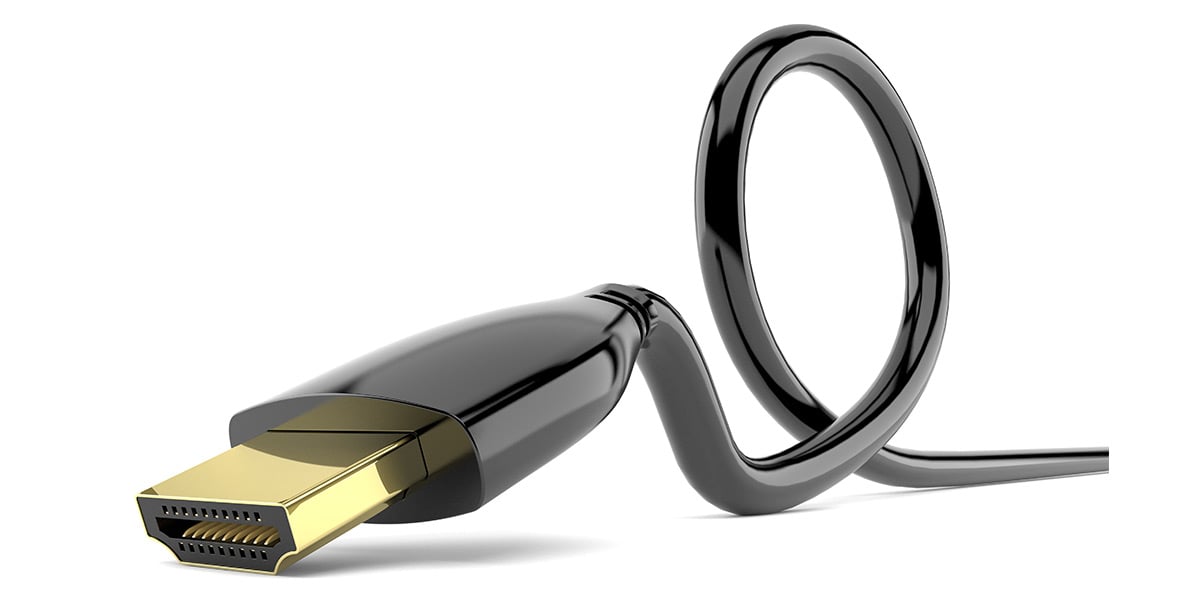
Generations of the HDMI standard
HDMI technology has continually evolved over time, with the introduction of new cable versions. The first version of HDMI debuted in 2002 and offered a maximum resolution of 1080p and multi-channel audio transmission. Since then, there have been further HDMI versions such as HDMI 1.3, HDMI 1.4, HDMI 2.0 and the latest HDMI 2.1.
Each new version of HDMI introduced enhancements and new features. For example, with the release of HDMI 1.4, the HDMI High Speed with Ethernet extension was introduced. This feature allows HDMI signals and network (Ethernet) data to be transmitted over the same cable. This means that you can use a single HDMI cable to transmit video, audio and an Internet connection simultaneously, without the need for additional network cables. With this solution, you can easily connect your TV or PS5 console to your local network and enjoy the benefits of Internet access, allowing you to use streaming services, software updates or browse online content without the need for additional hardware. With HDMI 2.0 came the ability to transmit video at 4K resolution at 60 frames per second, and it also supports High Dynamic Range (HDR) technology for better color reproduction and greater contrast range. And HDMI 2.1, the latest version available on the market, introduces even greater capabilities, such as 8K video transmission, support for refresh rates up to 240 Hz, Dynamic HDR (HDR) metadata and eARC (Enhanced Audio Return Channel) for better audio quality.
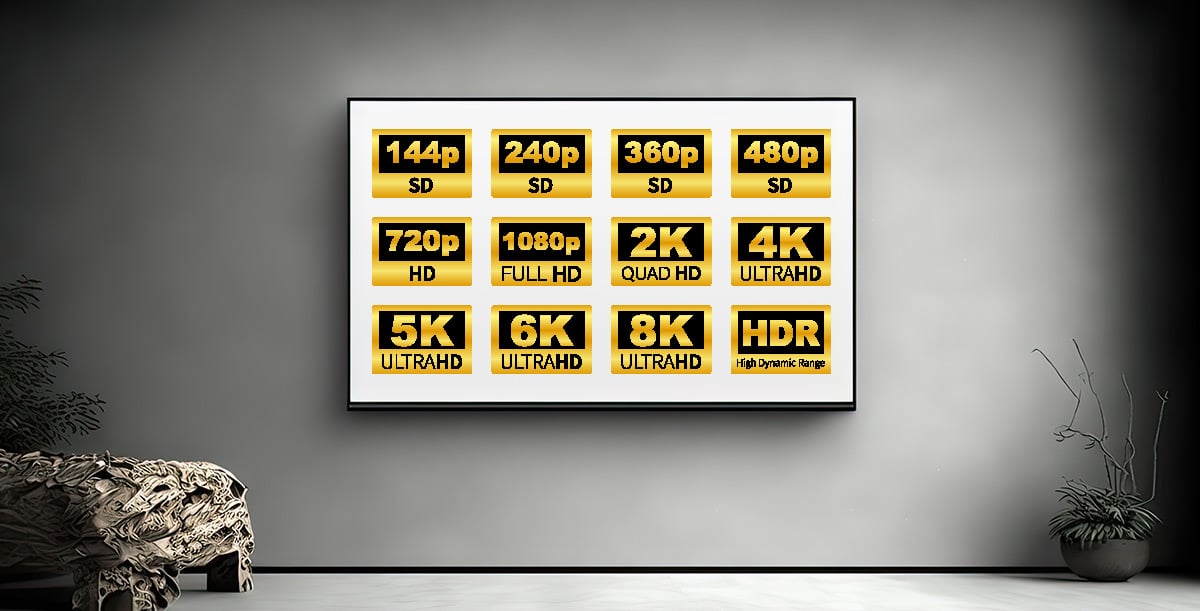
Does HDMI cable length matter?
HDMI cable length is a topic that is often controversial and causes disputes among users. Many people wonder whether the length of an HDMI cable actually matters and whether it can affect the quality of the transmitted video and audio. The answer to this question is quite complicated. In theory, the length of an HDMI cable should not affect the quality of the signal, since it is digital and transmitted in the form of electrical impulses. This means that the signal is virtually insensitive to interference, which can occur when transmitting data over longer distances.
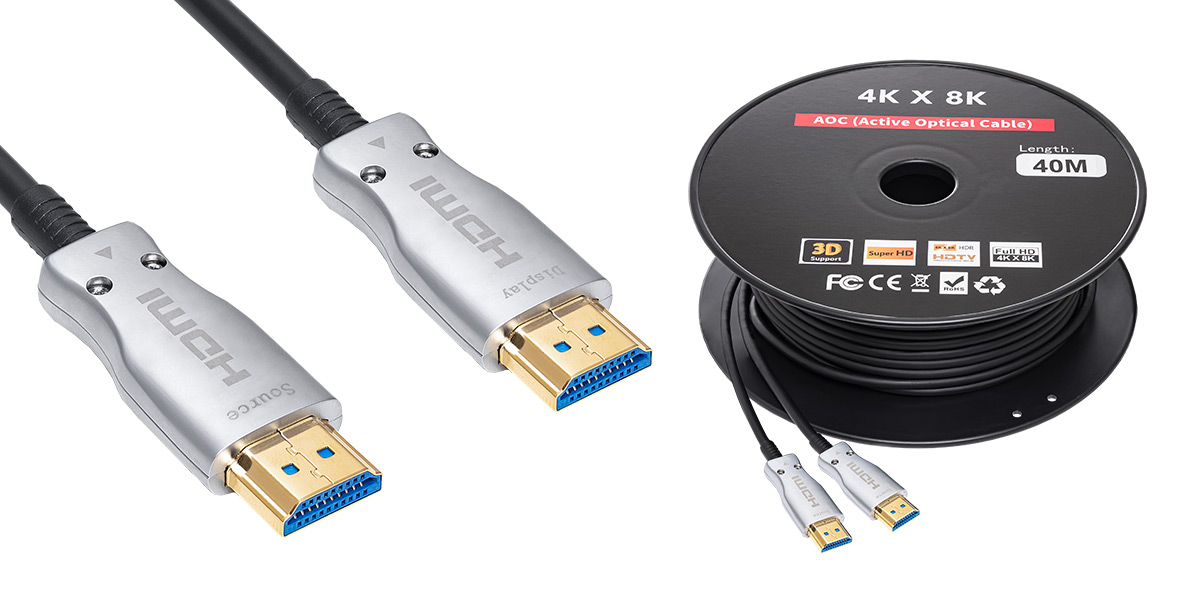
However, in practice, the length of an HDMI cable can affect the quality of the transmitted signal. Over very long distances (more than 15 meters), so-called "signal losses" can occur, which can cause degradation of image or sound quality. This can be caused by differences in cable impedance, electromagnetic interference or improperly made connectors. Therefore, when planning to transmit HDMI signals over a longer distance, it is advisable to use cables with better technical parameters, which are specially designed for this purpose. For example, active HDMI fiber optic cables. They are usually more expensive than standard HDMI cables, but provide better signal quality over longer distances.
It's also worth remembering that the quality of an HDMI cable can affect the bandwidth of the signal, and therefore the quality of the picture. If you're using a high-resolution TV or monitor (such as 8K), it's worth investing in an HDMI cable that supports this resolution. This will allow you to enjoy full picture quality, without compression or loss of detail.
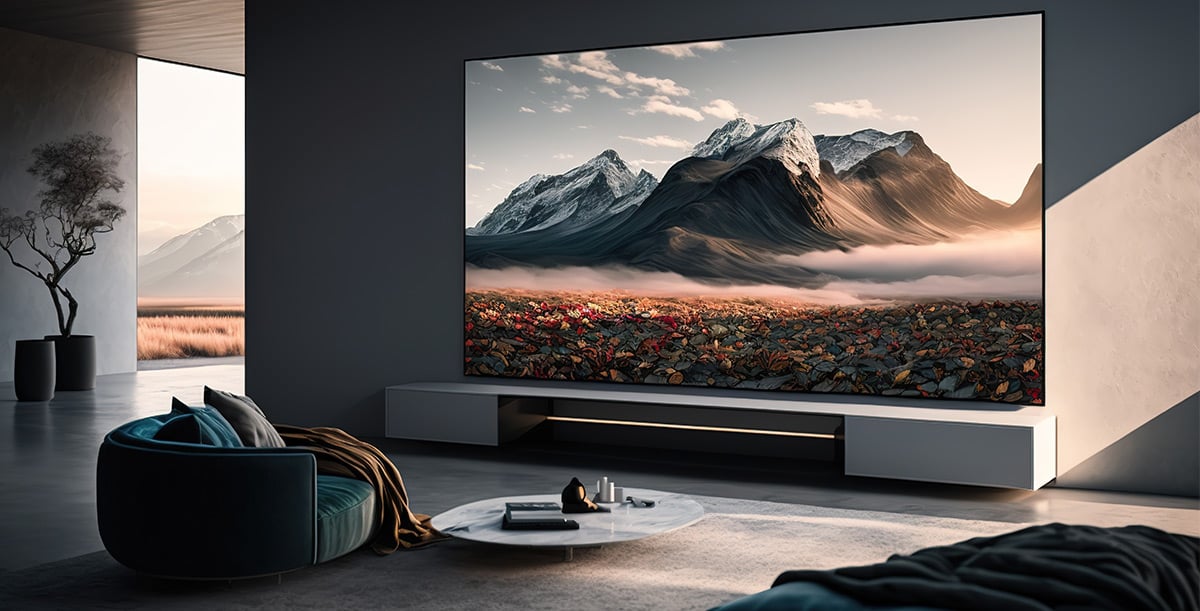
HDMI fiber optic cables – how to reduce signal interference over long distances?
When transmitting HDMI signals over long distances, signal interference can be a serious problem that can lead to degradation of video and audio quality. One solution to reduce this interference is AOC (Active Optical HDMI Cable) HDMI cables.
HDMI fiber optic cables, also known as HDMI optical cables, use fiber optic technology to transmit signals. Unlike standard HDMI cables, which use electrical impulses to transmit a signal, fiber optic cables use light pulses. This makes them more resistant to electromagnetic interference. Namely, the signal transmitted over a fiber optic cable is virtually insensitive to such interference, which means that data transmission is carried out without loss of quality.
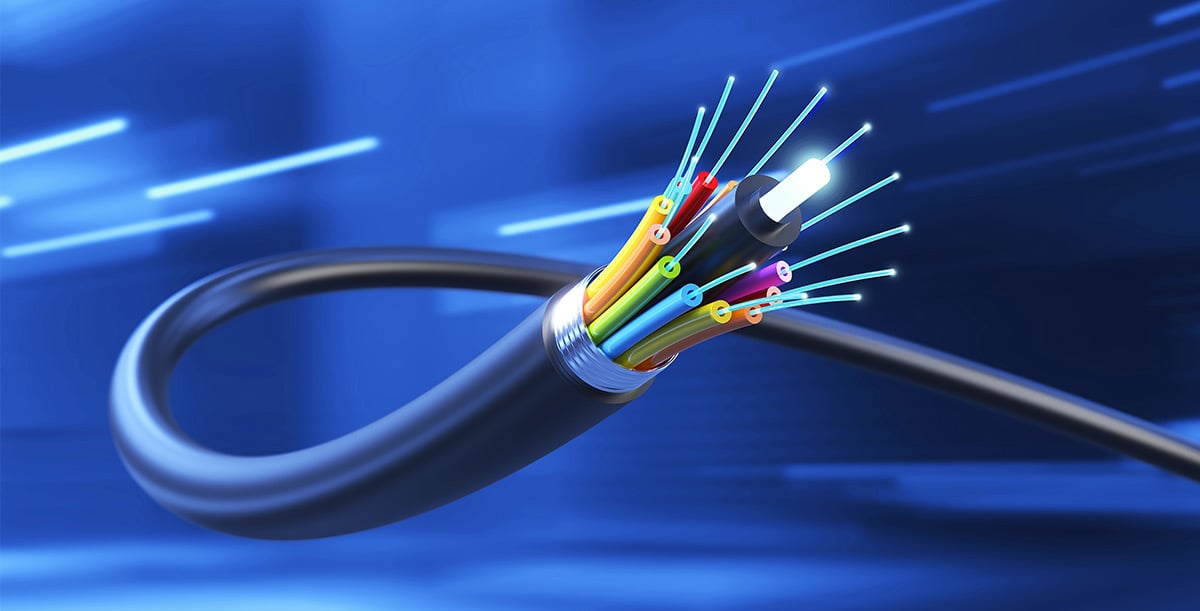
An additional advantage of active HDMI fiber optic cables is their ability to transmit signals over much longer distances than standard HDMI cables. They can cover distances of up to several hundred meters without losing signal quality. That's why they are especially useful for large-scale multimedia installations, such as in theaters, convention centers or stadiums. What's more, AOC's HDMI cables allow data transfer at high speeds of up to 48 Gbps, and thus you can easily reproduce video at 8K/60 Hz or 4K/120 Hz resolution. It is also worth knowing that modern optical HDMI cables support eARC return channel. In practice, this means that with a single cable you can easily play audio from an external audio system. HDMI ARC connectors have strongly simplified the installation of additional sound equipment.
In summary, active HDMI fiber optic cables will provide the highest quality audio and video even when connecting equipment together over long distances. Thanks to fiber-optic technology, they are immune to electromagnetic interference, which allows them to maintain high video and audio quality. They are particularly useful in large-scale multimedia installations. Although they may be slightly more expensive, even the most seasoned cinema goers and gamers will appreciate the sharpness of the image.
